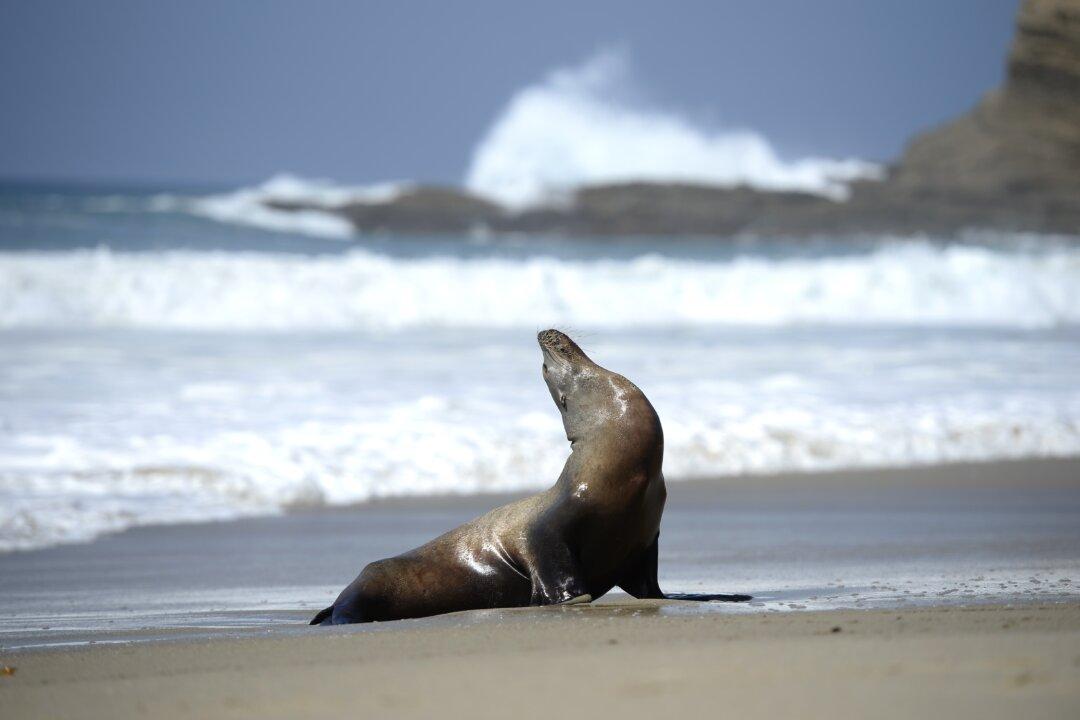A teenager was attacked by a sea lion that lunged out of the surf on a California beach and sunk its teeth into her leg just as her friend shot a short video.
Experts say that such unprovoked attacks are very rare, and believe that the sea lion’s behavior may have been from a kind of algae poisoning which affects the brain.





